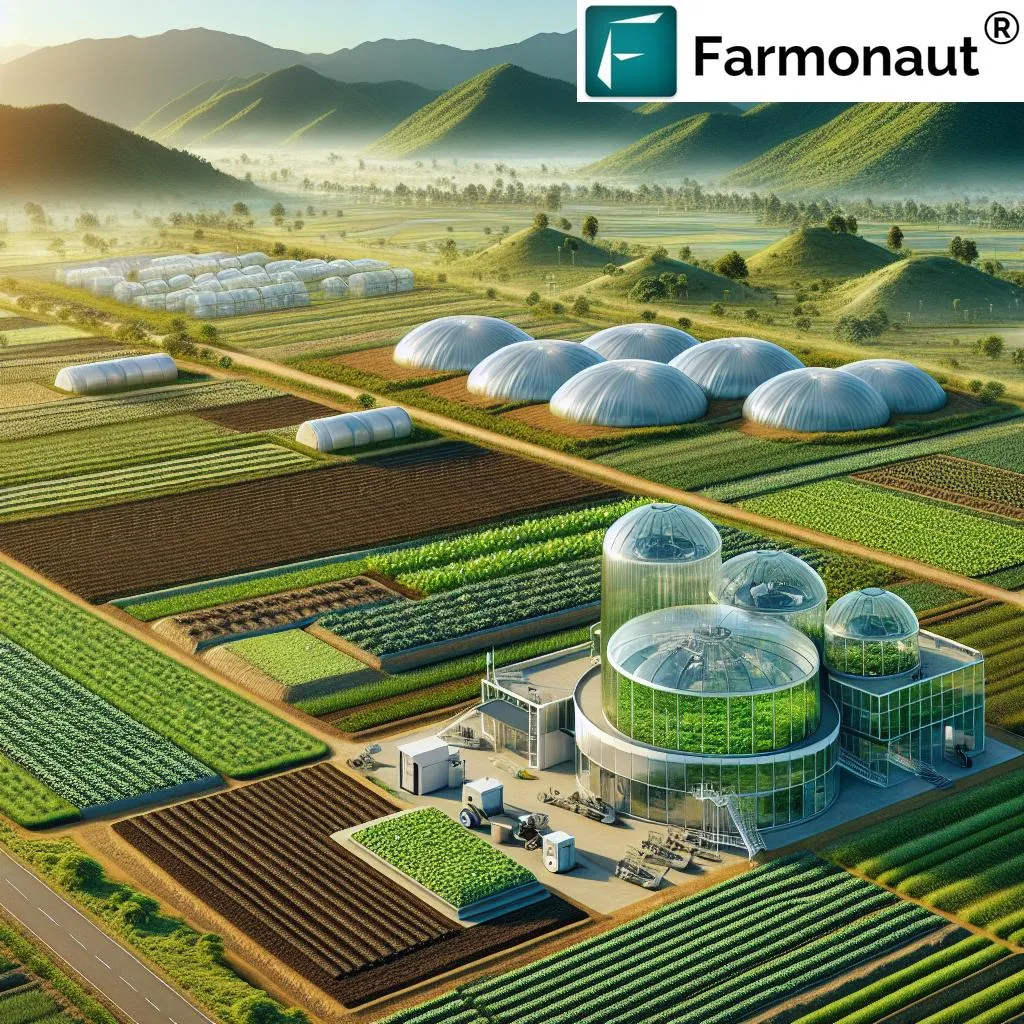In the heart of South Korea, a researcher is pioneering a revolution in agriculture that could reshape how we grow food and manage resources. Emmanuel Bicamumakuba, from the Department of Agricultural Machinery Engineering at Chungnam National University, is leading the charge in smart greenhouse technology, integrating multi-sensor monitoring, intelligent control, and advanced data processing to create sustainable, high-yield agricultural systems.
Bicamumakuba’s recent review, published in the journal *Sensors* (translated to English as “传感器”), systematically investigates the key technologies that underpin smart greenhouses. These high-tech structures are not your average greenhouses. They are equipped with a network of sensors that monitor environmental conditions such as temperature, humidity, carbon dioxide (CO₂) levels, light, and energy consumption. This data is then processed and analyzed using sophisticated algorithms, enabling real-time, intelligent control of the greenhouse environment.
“The integration of multi-sensor networks and AI-driven decision making is a game-changer,” Bicamumakuba explains. “It allows us to optimize microclimates, improve yields, and enhance resource efficiency in ways that traditional greenhouses simply can’t match.”
The review, which screened 114 peer-reviewed studies, compared various sensor technologies, control strategies, and data filtering methods. It found that multi-sensor integration enhanced precision and resilience but also presented challenges in calibration and interoperability. Intelligent control strategies, such as IoT-based automation, fuzzy logic, model predictive control, and reinforcement learning, improved energy and water efficiency but required robust datasets and computational resources. Advanced filtering methods, including time- and frequency-domain, Kalman, AI-based, and hybrid models, strengthened data integrity but raised concerns about scalability and computational cost.
So, what does this mean for the future of agriculture and the energy sector? Smart greenhouses could significantly reduce energy consumption by optimizing heating, cooling, and lighting systems based on real-time data. This not only cuts costs for farmers but also reduces the carbon footprint of food production. Moreover, the precise control of growing conditions can lead to higher yields and better-quality produce, enhancing food security and sustainability.
Bicamumakuba’s work highlights the need for affordable, scalable, and resilient smart greenhouse systems. As the global population continues to grow, the demand for food will increase, and smart greenhouses could play a pivotal role in meeting this demand sustainably.
“This research is not just about improving technology; it’s about creating a more sustainable future,” Bicamumakuba says. “By optimizing resource use and enhancing productivity, we can help meet the food demands of a growing population while minimizing environmental impact.”
As we look to the future, the integration of multi-sensor monitoring, intelligent control, and advanced data processing in smart greenhouses could revolutionize agriculture. It’s a testament to how technology can drive sustainability and efficiency, shaping the way we grow food and manage resources for generations to come.

